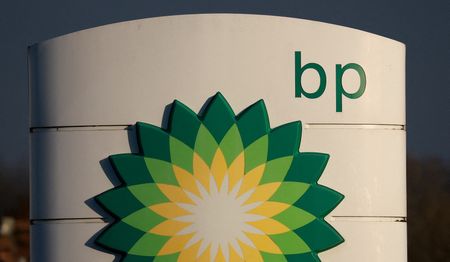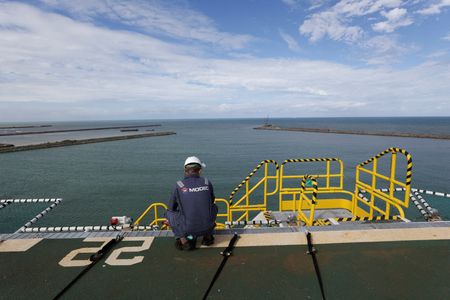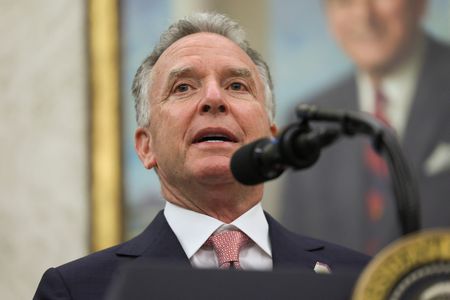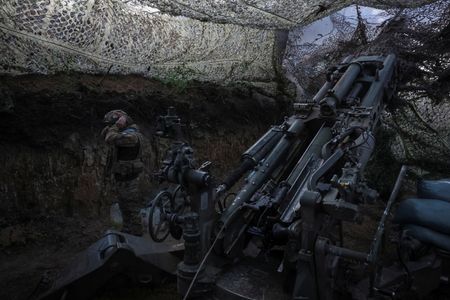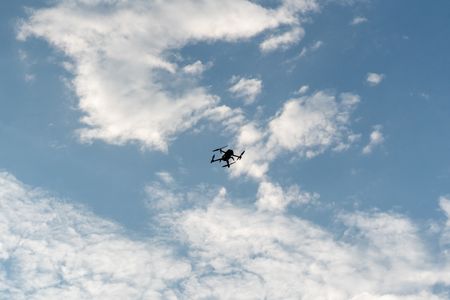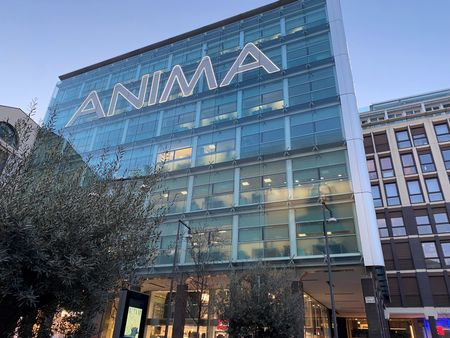By Marta Nogueira and Fabio Teixeira
RIO DE JANEIRO (Reuters) -BP’s announcement on Monday of its largest global oil and gas discovery in 25 years in Brazil’s offshore Santos basin bodes well for Equinor’s nearby interests and strong appetite for an October auction of oil blocks in the region.
Discoveries nearly two decades ago in the region, defined by vast deepwater fields under a thick layer of salt below the ocean floor, turned Brazil into one of the world’s biggest oil producers.
BP’s Bumerangue block, if it proves viable, would be a major discovery in part of the basin far from three huge fields run by state-run oil firm Petrobras, which produce most of Brazil’s oil and gas: Tupi, Buzios, and Mero.
Those three fields account for just over 70% of pre-salt production, which represents nearly 80% of Brazilian output, according to data from national oil and gas regulator ANP.
The BP discovery, along with recent Petrobras finds in other parts of the Santos and Campos basins, shows the potential in the “fringes” of Brazil’s pre-salt area, said Roberto Ardenghy, head of oil lobby group IBP.
The October auction offering blocks in Santos and Campos basins has already drawn interest from 15 firms that have signed up with ANP.
“The pre-salt is heating up,” said geologist Pedro Zalan, who spent three decades working for Petrobras. The state-run oil producer holds many of the region’s most promising areas, he added, but there is plenty of room for rivals.
BP’s discovery underscores the untapped potential of Santos even as Petrobras and U.S. oil majors are piling into an environmentally sensitive region off Brazil’s northern coast, which the state firm calls its best bet to replenish reserves.
“This does not take the spotlight from the Foz do Amazonas basin, where unlocking a new play would significantly change the future of the oil and gas industry in Brazil,” said Flavio Menten, a research analyst at Rystad Energy.
Lingering questions about BP’s Bumerangue find include high carbon dioxide levels that could affect its economic viability, experts told Reuters.
BP’s head of production and operations, Gordon Birrell, told analysts on a Tuesday earnings call that he was “not particularly” worried about CO2 levels in the block.
If confirmed, it could be “the biggest deep-water find since Buzios in 2010,” said consultancy Wood Mackenzie in a report to clients, citing the Petrobras-run field on track to be Brazil’s largest producer.
The discovery is also drawing fresh attention to two blocks acquired by Equinor near Bumerangue, along with a larger BP block beside Bumerangue where it plans to drill next year.
The blocks have “a very significant probability of containing oil,” said Zalan, the former Petrobras geologist.
While Equinor’s acquisitions are near Bumerangue, they are outside of Brazil’s pre-salt polygon, said Rystad’s Menten, adding that the Norwegian firm has still not committed to exploratory drilling in the area.
Equinor did not immediately reply to a request for comment.
(Reporting by Fabio Teixeira and Marta Nogueira Editing by Brad Haynes and Rod Nickel)

